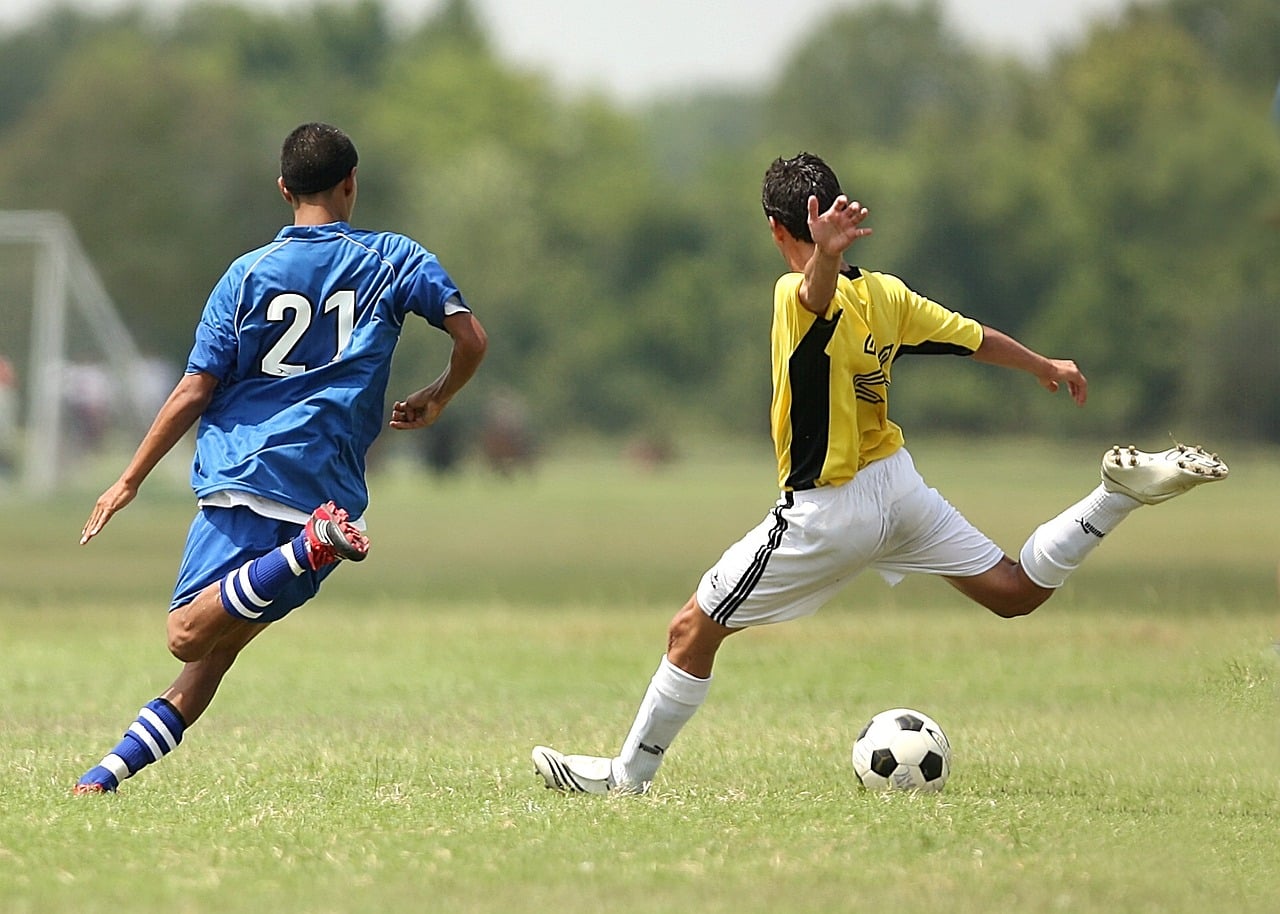How to Integrate Agility Training in Youth Soccer Programs for Skill Development?

Soccer is a demanding sport that requires a combination of speed, agility, and strength. A player’s performance on the pitch is highly influenced by these attributes. Therefore, it is crucial to integrate agility training in youth soccer programs to enhance their development. This article will explore how you can incorporate this important aspect of training to boost the skills and performance of young players.
The Importance of Agility in Soccer
Agility in soccer is more than just running fast. It involves the ability to change direction quickly and effectively, which is often the difference between winning and losing a game. Let’s delve into why agility is key in soccer and how it impacts the performance of players.
Dans le meme genre : What’s the Impact of Social Media on the Mental Health of Young Athletes?
At the heart of soccer is the ability to outmaneuver opponents, whether it’s the quick sidestep to avoid a defender or the sudden change of direction to open up space for a pass. This is where agility comes into play. Agility helps players to move swiftly and change direction without losing balance or speed. This skill is fundamental to dribbling, defending, and even goalkeeping, making it a vital component of the game.
From a physical perspective, agility training improves balance, coordination, and reaction time. It also enhances cardiovascular fitness, develops muscular strength, and reduces the risk of injuries. From a game-specific perspective, agility enables players to perform skills at high speed and under pressure, which is a critical aspect of competitive soccer.
Cela peut vous intéresser : What Strategies Can Enhance Psychological Recovery After a Losing Streak in Team Sports?
Implementing Agility Drills in Training
Implementing agility drills in training is not just about making players run through ladders or around cones. It involves designing drills that mimic game situations to help young athletes translate these skills into actual gameplay.
One effective way to introduce agility training is by incorporating ball drills into agility work. This can be as simple as dribbling the ball through cones or as complex as completing a circuit of agility tasks while controlling the ball. These drills challenge the player’s ability to change direction, speed, and movement pattern, all while maintaining control of the ball.
Another useful training method is the use of small-sided games. These are games with fewer players on each side, allowing each player more touch of the ball and more involvement in the game. This not only improves their technical skills but also enhances their agility as the game demands frequent and quick changes in movement.
Developing a Progressive Training Program
A well-structured training program is key to effective skill development. For agility training, a progressive approach ensures that young athletes gradually enhance their skills without being overwhelmed.
Begin with simple drills that focus on basic agility skills such as changing direction or speed. As players become more proficient, gradually increase the complexity of the drills. This could involve multi-directional movements, including more game-like scenarios, or incorporating a ball into the drill.
Remember, the goal is not just to make players move faster but to improve their capacity to perform soccer-specific skills under different conditions. Therefore, the training program should be designed to challenge the players’ cognitive and decision-making abilities along with their physical skills.
Enhancing Strength and Conditioning
While agility is crucial, it’s not the only determinant of a player’s performance. Strength and conditioning play a significant role in the overall development of a soccer player.
Strength training for soccer is not about building big muscles, but enhancing the players’ power and stability, which are essential for speed, jumping, tackling, and resisting challenges from opponents. Strength training also helps in injury prevention, another essential aspect of athletic performance.
Conditioning, on the other hand, focuses on improving the athletes’ endurance, so they remain effective for the entire duration of a match. High-intensity interval training (HIIT) is an effective conditioning method for soccer players as it mimics the stop-start nature of the sport.
Monitoring and Adjusting the Training Program
Finally, any training program should be subject to regular monitoring and adjustments. This ensures that the program continues to meet the needs of the athletes and contribute to their ongoing development.
Monitor the players’ progress in terms of their agility, speed, and other physical attributes, but also pay attention to their skill development and game performance. Use this information to adjust the training program, adding more challenges or providing additional support as necessary.
Remember, the goal is to create a well-rounded soccer player. Therefore, while physical attributes like agility, speed, and strength are important, they should not be developed at the expense of technical skills and game understanding. Balance is key in the holistic development of a youth soccer player.
In conclusion, integrating agility training in youth soccer is not just about improving speed or changing direction. It is about enhancing the overall performance of the players, training them to become better soccer players, and fostering their love for the game.
The Role of Age Groups in Training Programs
The age of the players is a significant factor in constructing a training program. Different age groups have different capacities and requirements for agility training.
For young players, aged 6-12 years, the primary focus should be on developing basic motor skills and fostering a love for the game. Agility drills at this stage should be simple and fun, focusing on improving balance, coordination, and basic movement patterns. The aim here is not to overtax the young players but to gradually introduce them to the physical demands of the sport.
As the players grow older, the intensity and complexity of the training can be increased. For players aged 13-18 years, the training program should include more complex drills that challenge both their physical and cognitive abilities. This is the stage where advanced agility skills, such as rapid change of direction and speed agility, should be introduced.
Moreover, at this stage, strength conditioning can be incorporated into the training program. However, it is important to remember that the goal is not to build muscle mass but to improve the players’ power, stability, and injury resistance.
For all age groups, the key is to make the training sessions enjoyable and engaging. Incorporating games and competitions can encourage players to give their best during the training while also improving their decision-making and game understanding.
Conclusion: Balancing Physical and Technical Aspects for All-Round Development
In summary, agility training is a crucial aspect of youth soccer programs, not just for improving players’ speed and ability to change direction, but also for enhancing their overall soccer skills. An effective training program is one that balances agility drills with ball control exercises and small-sided games to mimic real game situations.
However, it is important to note that agility is not the only determinant of a player’s performance in soccer. Strength conditioning, endurance, and technical skills are equally important, and these should be incorporated into the training program.
Moreover, the training program should be tailored to the age and skill level of the players. Young players should be introduced to basic agility exercises and fun activities, while older players can handle more complex drills and strength conditioning.
Finally, regular monitoring of the players’ agility performance is necessary to ensure the effectiveness of the training program. Adjustments should be made based on the players’ progress, abilities, and needs.
Above all, the goal of any youth soccer program should be to create well-rounded soccer players who not only excel in the physical aspects of the game but also demonstrate good decision-making, ball control, and game understanding. By integrating agility training into youth soccer programs, we can help young athletes develop these vital skills and foster their love for the beautiful game.
